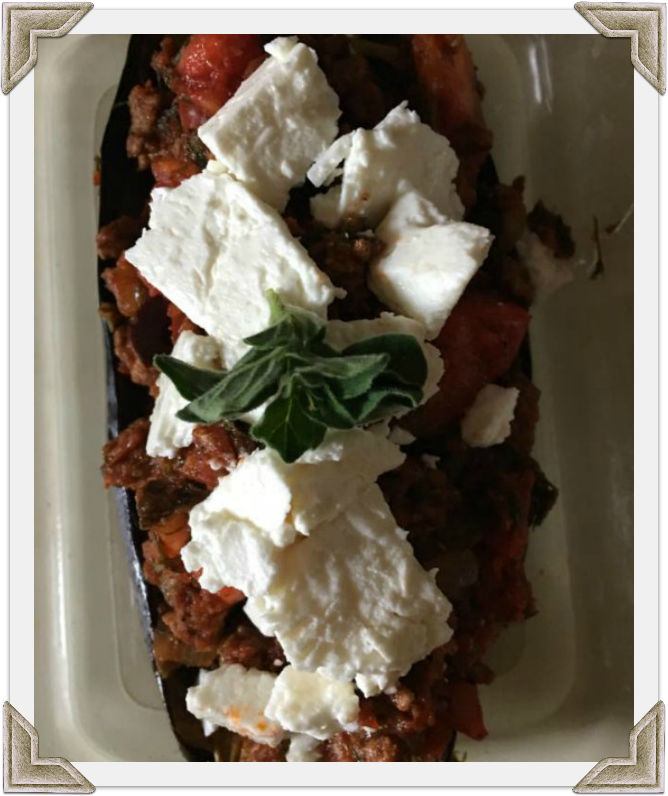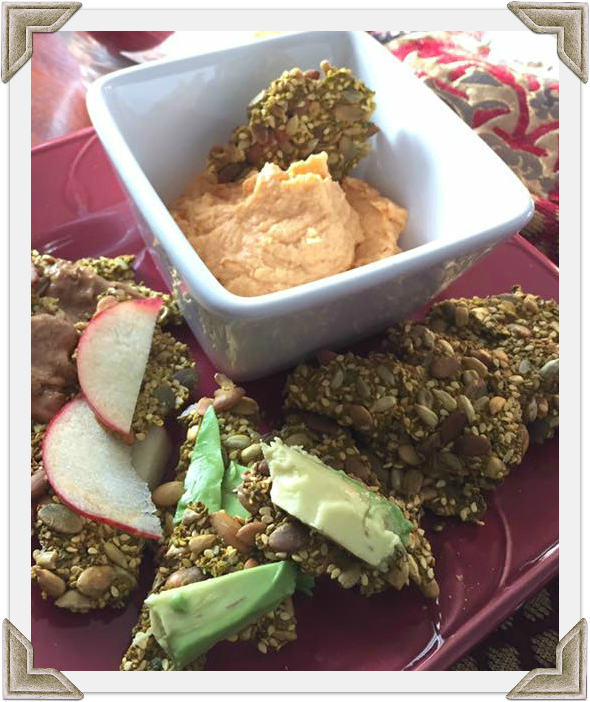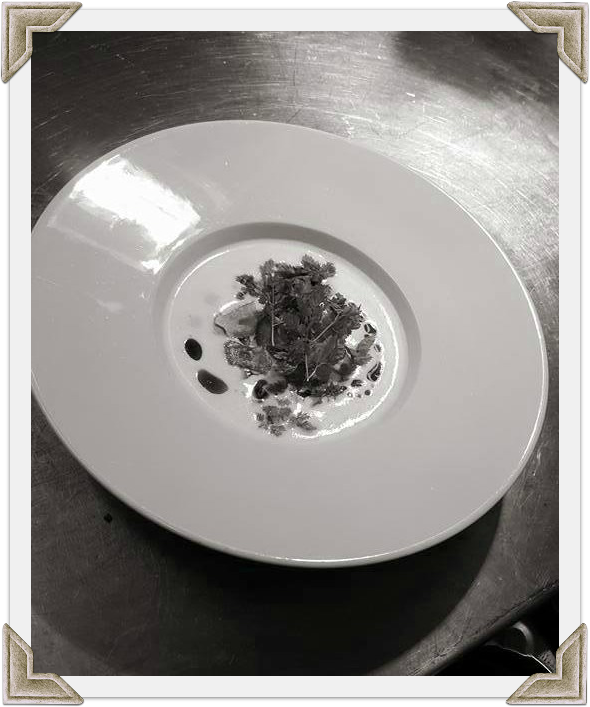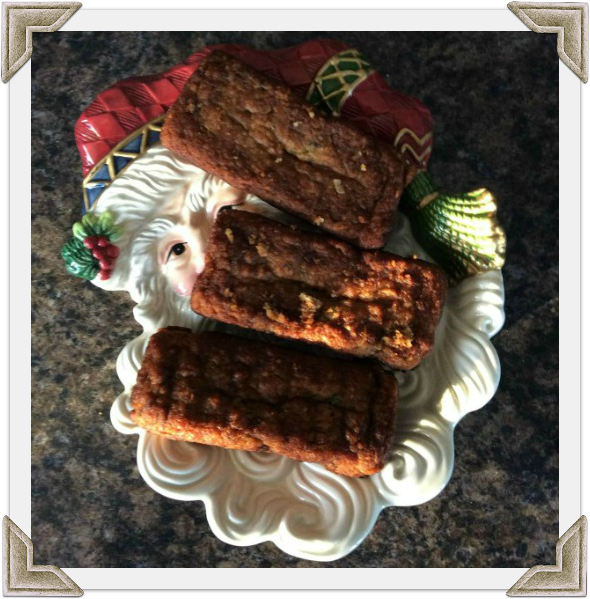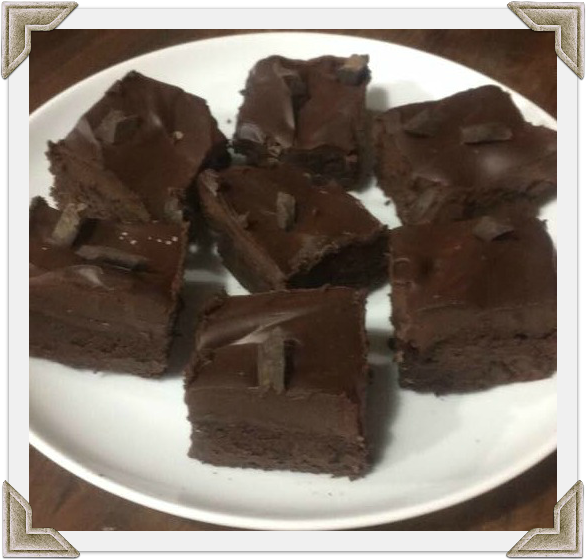Almost half of the people in the United States say that they’d like to lose weight, and roughly 1 in 4 are actively trying.
If you’ve ever dieted, you know it can be hard.
A study out of UCLA found that when people do lose weight, they tend to put it back on. The same study showed that within a few years, roughly one-third of dieters put on even more weight than they lost!
People who fail in their diet think it’s because they cheated on their plan.
The truth is that they're making it too hard for themselves. They set unrealistic goals or fail to give themselves any breaks.
Top 6 Ways You May be Sabotaging Your Own Weight Loss Efforts (and what you can do to stop.)
1. Making your plan too hard or too big.
Do you set out to exercise for two hours every day? Do you give yourself a weight loss goal that would be nearly impossible, or even unhealthy?
If so, you are setting yourself up for failure.
Solution: Instead of swearing that you’re going to lose 30 pounds in a month or 100 pounds in a year, set small goals that you can achieve. It may take longer, but it will be more sustainable.
2. Not admitting to your fears.
A lot of times people say they’re going to start an exercise program or lose a lot of weight, then make excuses for why it didn’t happen. A lot of times the reason comes down to fear.
What are they afraid of? Being embarrassed on the treadmill, friends and family not being supportive, failure? Even becoming more popular and not knowing how to respond.
Solution: Be mindful and be honest with yourself. The next time you start putting off your diet step, stop and ask yourself why.
3. Using food as a reward.
Your mom or dad probably used food as a reward, and even when you’re dieting you fall into that same bad habit. Though a cheat meal or treat is fine, and may even help you stick to your plan, on a daily basis there are other ways to reward yourself.
Solution: Buy yourself flowers. Download a song. Watch a rerun of your favorite show. Skip making your bed.
4. Not getting enough sleep.
People don’t realize that there is a connection between being deprived of sleep and diet failure. When you’re tired you are more likely to binge eat or choose sweets and junk foods.
Solution: Commit to an earlier bedtime and prioritize your health by getting enough shut eye.
5. Overestimating the impact of exercise.
How many times have you told yourself you can have dessert because you had a good workout?
Take the time to learn the real impact of your workout so that you don’t overindulge after. Your hour of exercise is probably worth two bites of that cake you’re considering, not the whole thing.
Solution: Focus on the foods you're eating and always know that you cannot out-exercise a bad diet. Food accounts for 80% of weight loss while exercise accounts for only about 20%.
6. Viewing a diet as a temporary change.
Instead of counting calories with a big goal in mind, make manageable changes that you can stick to for the rest of your life.
Solution: Add one more day of exercise instead of thinking you’re going to go every day. Drink an extra glass of water each day. Go to bed 5 minutes earlier.
By giving yourself achievable goals that you can adopt for the rest of your life, you’re much more likely to succeed.
Yours in health,
Danette
P.S. Please share this with your friends and I always love hearing from you in the comments below.

